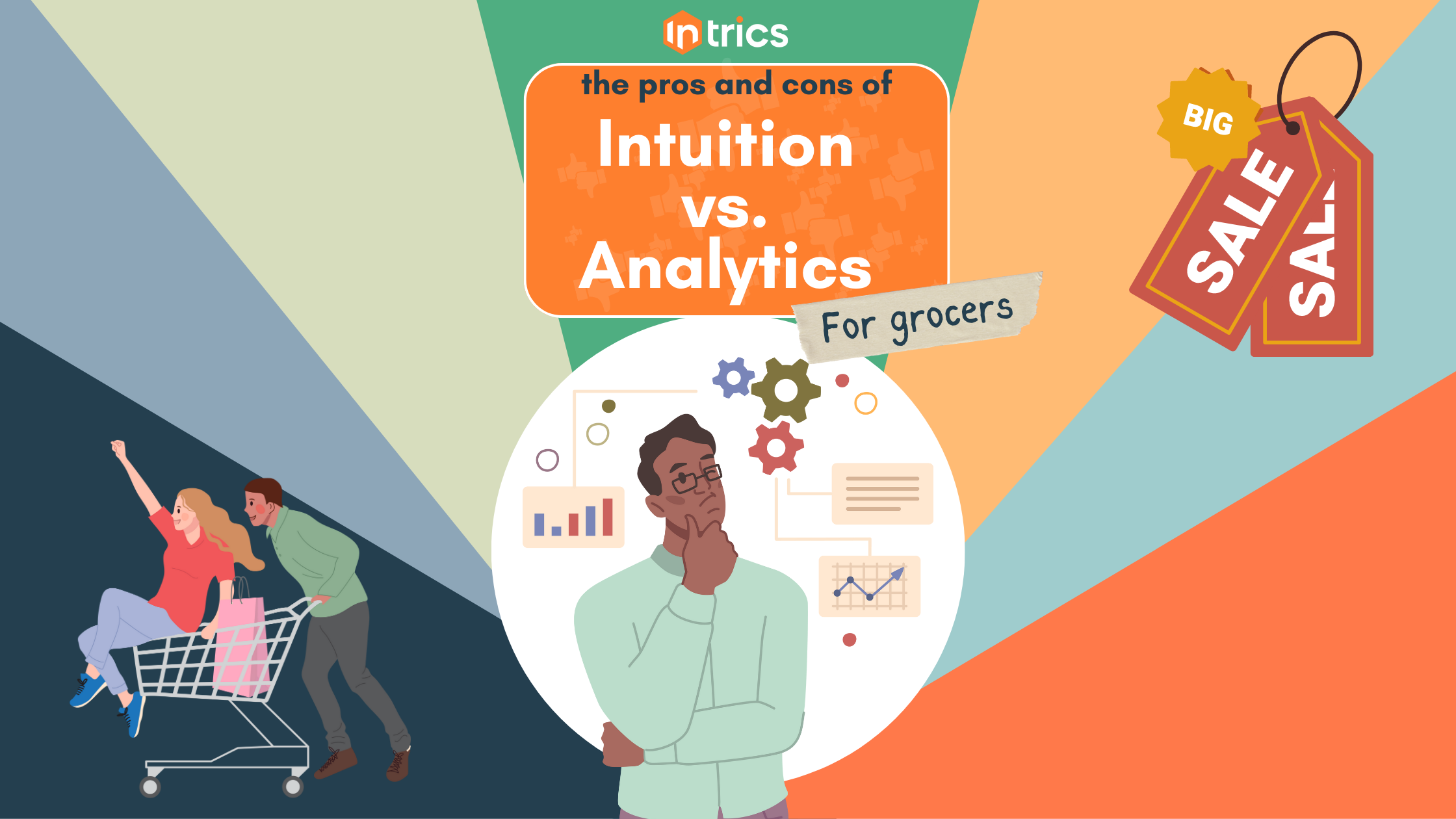As businesses try to increase their bottom line, pricing becomes a critical element in the process. Of course, setting prices is a balancing act between being competitive and maximizing profits – without overcharging your customers and creating a negative price perception. So when it comes to setting prices, how should you decide? Should you rely on intuition or analytics? Let’s take an unbiased look at the pros and cons of each approach.
The Pros of Using Intuition for Your Pricing Strategy
Intuition is a valuable tool because it can provide insights that may not be available from data. A retailer who has been in business for decades can draw from their experience to set prices without help from analytics tools. They know what works and what doesn’t. They understand the market dynamics and have built relationships with customers and vendors over time. This knowledge helps them make sound pricing decisions without relying on data analysis. Additionally, intuition allows them to consider factors such as customer loyalty, regional preferences, competitive landscape, etc., before coming up with the final price points.
The Cons of Using Intuition for Setting Your Prices
While intuition can help set prices, it has its limitations. With data-backed evidence, retailers can prove that their prices are reasonable or justifiable. It is also challenging to replicate pricing decisions based solely on intuition across multiple regions or channels since there might be discrepancies in customer preferences or competitive conditions between different markets. Intuition also doesn’t account for fluctuations in market trends or supply shortages, and customer demands can shift rapidly, leaving pricing managers scrambling to keep up. Lastly, relying exclusively on intuition makes it hard to identify opportunities that could lead to higher profits or increased sales.
The Pros of Using Analytics for Your Pricing Strategy
Analytics provides an objective view of pricing matters by giving insight into competitors’ strategies. These competitive insights can help retailers identify potential opportunities or risks associated with changing prices. Analytics can also offer data to help retailers understand customer behavior, which may provide surprising results compared to an intuition-based guess. By using data-driven methods such as competitive intelligence and price indexing, retailers can gain more accurate insights about how competitive their prices are within their market, allowing them to adjust their prices as needed. Data helps grocers optimize their revenue goals while ensuring customers are still satisfied with their purchases. Additionally, analytics will enable retailers to compare pricing strategies across multiple geographic regions, thus helping them ensure consistency across different markets and channels.
The Cons of Using Analytics for Setting Your Prices
Analytics also has its drawbacks – most notably the reliance on historical data. As we’ve seen throughout 2022 and 2023, historical data does not always reflect current market trends or customer behaviors. This could lead to inaccurate predictions about future demand patterns or price points, which could result in losses instead of gains if implemented without caution. Additionally, the sheer volume of data needed for meaningful analysis requires significant resources (both financial and human). Some small businesses may not have access to conduct effective analytical studies of their pricing strategies. Finally, analytics requires expertise when interpreting results – something that some small business owners may not be able to access! (P.S. – That’s why we’ve created the Intrics IP, to make collecting, interpreting, and acting on competitive pricing data easier, a more accessible, and affordable for every grocer).
Conclusion
When setting product prices, there are two main approaches: intuition-based strategies that rely on personal experience and market research; or analytics-based techniques that draw upon real-time data from customers, competitors, and other sources. Ultimately, both methods can be effective when used correctly—it all depends on what works best for your business model and what goals you want to achieve with your pricing strategy. However, we recommend sophisticated intelligence solutions like Intrics IP to help grocers leverage analytics to verify any intuition-based pricing decisions they make. No matter which approach you choose, make sure you understand how each one works so you can make an informed decision about your pricing strategy. You can maximize your profits by leveraging both approaches while still providing value to your customers.
Intrics provides insights and clarity by analyzing over 100 million price changes weekly from top retailers in every market of the United States. By considering national brands and private-label alike and linking disparate SKUs and descriptions to a single UPC, Intrics provides product-level indexes in your market. This allows you to be the first to react by quickly understanding changes to product prices, whether your competitors are absorbing or forwarding increased costs to consumers, and how your prices and price changes compare to theirs.

